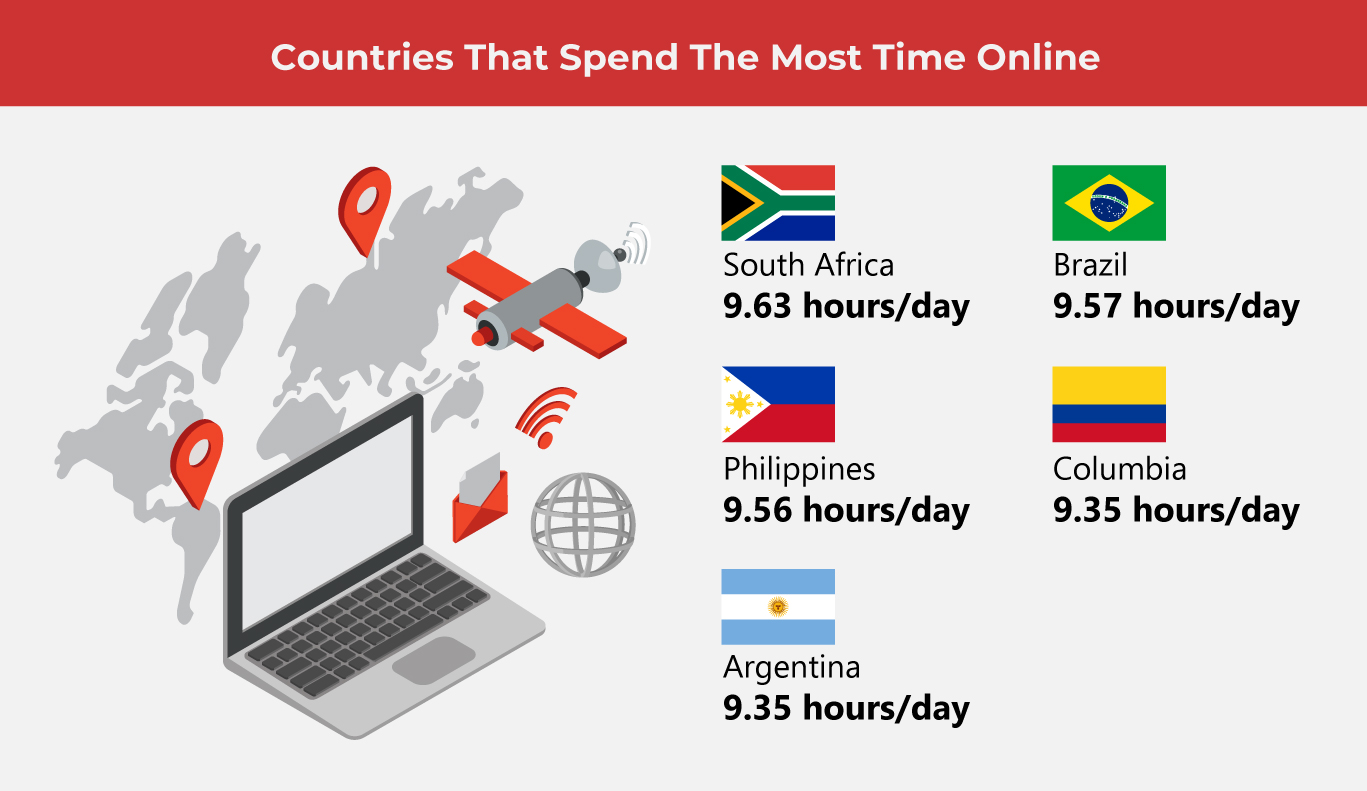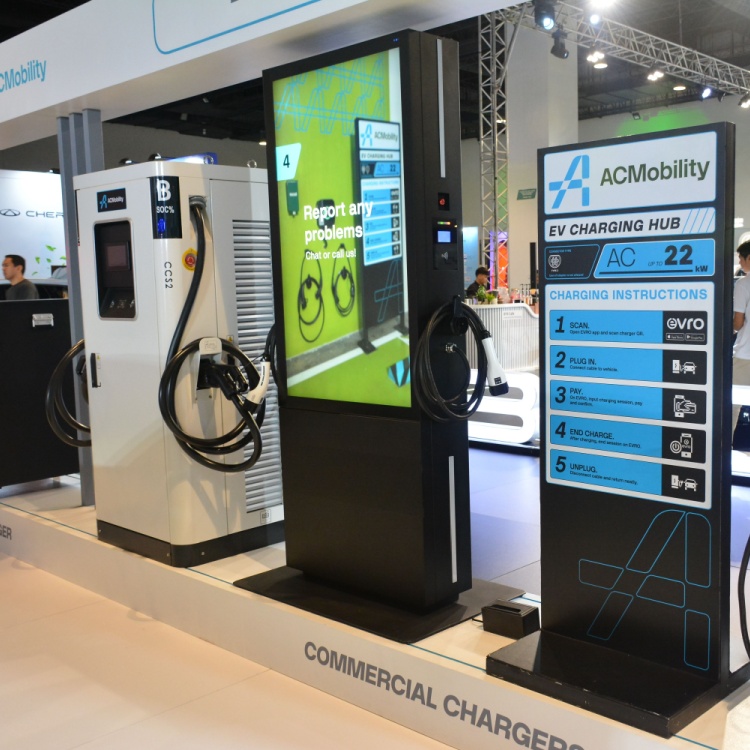Why an Online Fast May Be Good for You

Their studies show that internet usage varies from country to country, but the numbers show that we are online for a quarter of our day. Sometimes that number can feel even larger. When we’re mindlessly scrolling through our social media feeds for distraction, it can sometimes be difficult to keep our thumbs off the screen.
We may not even realize it, but being glued to our screens whether on our laptops or our phones can lead to a more stressful mindset. An article from Psychology Today says that in the last decade, psychologists are seeing that addiction to digital technologies is a form of behavioral addiction, akin to pathological addictions such as gambling, and in some cases, it can also be similar to substance addiction.
Let’s do a quick check. Do you experience the following when you’ve been online?
- Just being online without any real purpose, scrolling through your Facebook or Twitter feed for hours
- Having more than ten open tabs on your laptop
- Feeling stressed when clicking on links, or after reading articles and other people’s comments
- Feeling angry when you get a slow internet connection or rage when an internet connection is unavailable
- Isolation and alienation from people in your immediate environment
If so, then consider going on a digital technology fast.
(Also read: Your Mobile Cares About Your Mental Health)
Some call it going on a “digital detox” and simply unplugging. It sounds very simple, but rarely is it easy. The key to a detox or as fast is that it needs to be intentional, and something that we stop doing only during the hours of sleep. Going on a fast means unplugging for a set number of hours, or even days when going online or using your computer is a no-no. Start Small
Start Small
Just like any moderately unhealthy habit, going offline can be challenging. Try going without reaching for your phone for an hour, and it won’t be long before you’re itching to open your screen. As with any habit-shifting exercise, we recommend you start small and slow.
Instead of going cold turkey and announcing that you can go without your phone for six hours, try breaking it down into manageable segments. We can take a page from intermittent fasting and assign specific hours within the day when we can avoid reaching for our phones.
Some practical ways to ensure this is physically switching off the device and putting it inside a drawer or another room. The idea behind this is: when our device is not automatically within our reach, we can lessen reaching for it by default.
This encourages us to look at our day and evaluate when we can afford to let go of using our phones for an hour or two. Dinnertime with family is a good example of when we can leave our phones unattended to pay attention to being with loved ones, especially at the end of the day.
Also worth considering is the first two hours upon waking up in the morning. Most people default to reaching for their mobile phones first thing upon waking. Take this time to pause, ease into the day, and do other things apart from automatically checking Facebook. Do some breathing exercises. Stretch. Make yourself a good, hearty breakfast. Assign a time when you can log in, but avoid making your device the first thing you look at when you open your eyes.
Advanced Fasting
Ready for something more advanced? Try going on a digital fast for the entire weekend. Caution: may cause serious feelings of withdrawal!
Plan ahead and wisely. A digital fast for one whole weekend needs preparation! Going on a big trip with the family is the perfect time to unplug. It’s no fun going on a mini break with someone who can’t keep their eyes off their phone! It’s easier to do without your mobile when you have other things to do, so schedule your fast for when you’re out and about!
Limit your use of your phone to certain apps only. Absolutely no games, social media, messenger apps, or web browsers! Keep usage to necessities such as map apps and only use messenger apps when necessary.
Clearing the mental dashboard
Going on a digital fast has the following benefits:
- Lessens eye strain (which causes headaches)
- Reduces anxiety and FOMO (fear of missing out!)
- Fewer distractions and more focus on tasks at hand
- Improved moods
- Improved quality of interactions with other people
We’re not saying going on a digital fast will solve all of our emotional problems, but it certainly helps more than we know. Plus, if incorporated successfully into our habits, that stuff builds and we get even greater returns on the time we invested offline.
But also, no pressure. If these suggestions make you feel more stressed instead of less, that’s totally okay not to go on a fast, digital, or otherwise. Do whatever works for you. Take what you need, and leave what you don’t.
As one of the Top 19 EMS companies in the world, IMI has over 40 years of experience in providing electronics manufacturing and technology solutions.
We are ready to support your business on a global scale.
Our proven technical expertise, worldwide reach, and vast experience in high-growth and emerging markets make us the ideal global manufacturing solutions partner.
Let's work together to build our future today.
Other Blog




